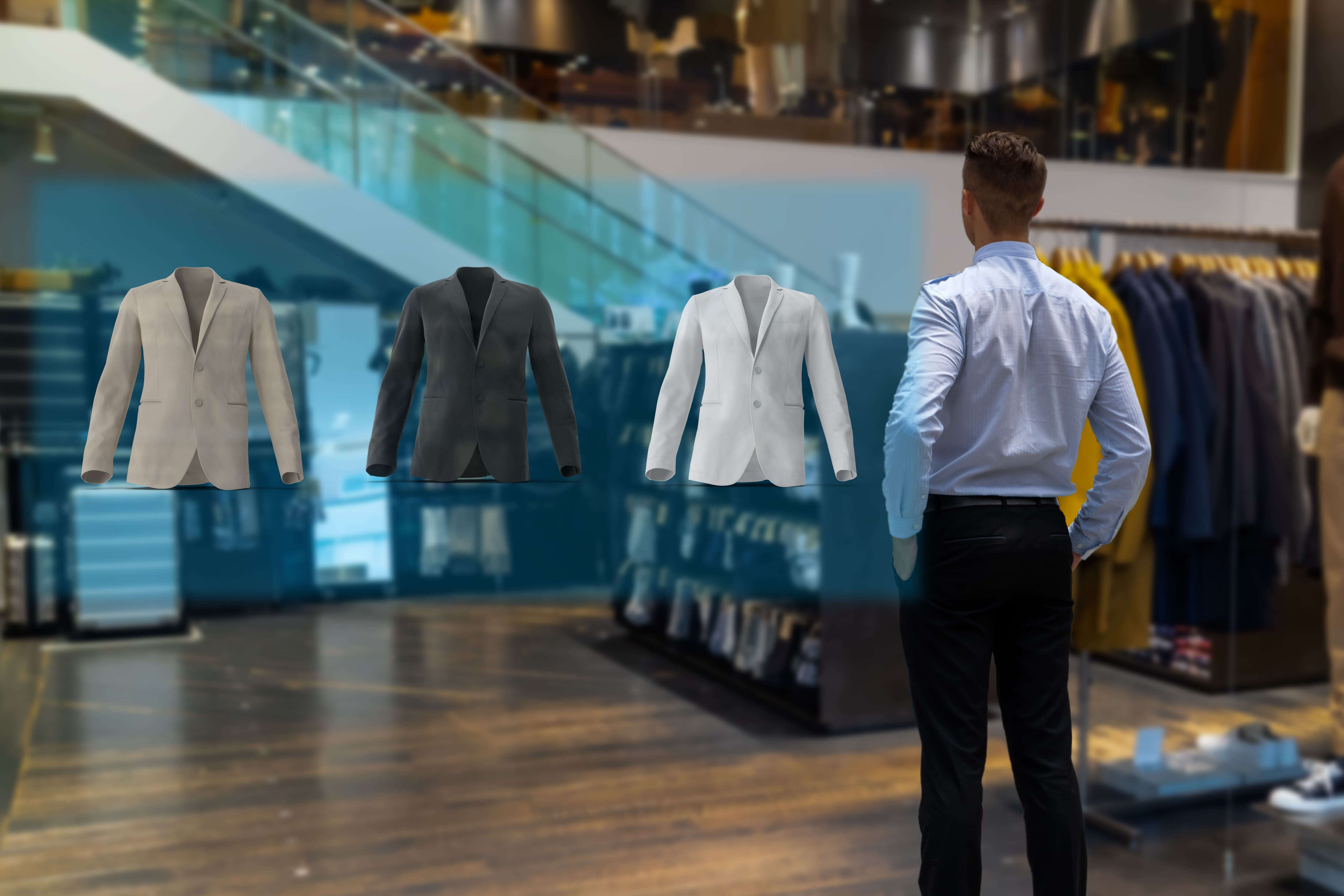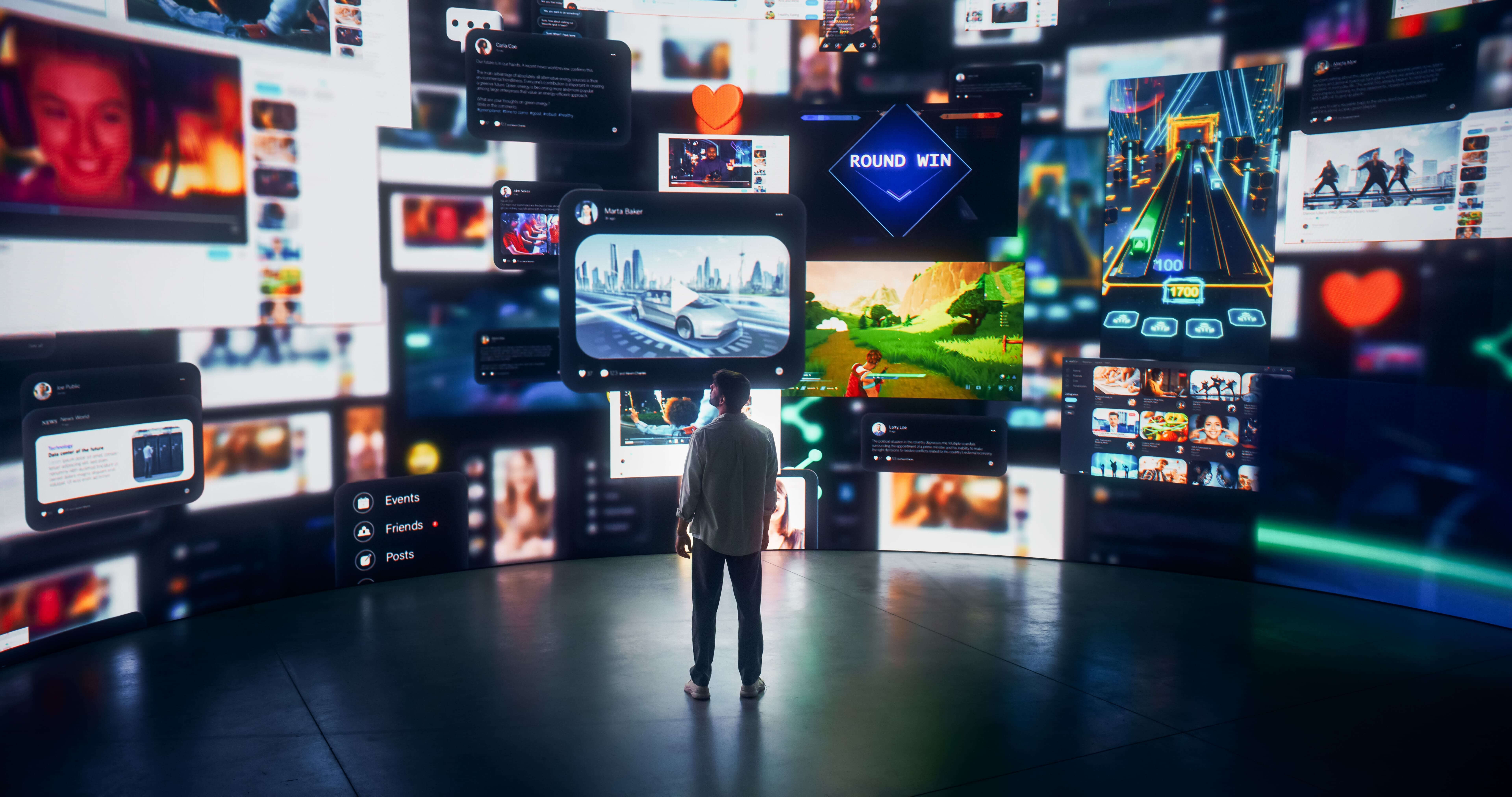In today's fast-paced digital era, businesses are continually seeking innovative ways to stand out in the competitive market. Augmented Reality (AR) has emerged as a game-changer, revolutionizing various industries, and its impact on retail is nothing short of remarkable. From virtual try-ons to interactive product demonstrations, AR is reshaping the shopping experience, driving sales, and boosting customer satisfaction. In this blog post, we'll delve into the benefits of Augmented Reality in increasing sales and enhancing customer satisfaction.
Augmented Reality in Retail: A Shopping Revolution
Augmented Reality has seamlessly integrated into the retail landscape, providing consumers with an immersive and interactive shopping journey. By bridging the gap between the digital and physical realms, AR creates a dynamic and engaging experience that goes beyond traditional shopping methods.
1. Virtual Try-Ons: Redefining the Fitting Room Experience
One of the most significant advantages of Augmented Reality in retail is its ability to facilitate virtual try-ons. Online shoppers often face the challenge of uncertainty regarding the fit and appearance of clothing and accessories. AR solves this problem by allowing users to virtually try on products in real-time, right from the comfort of their homes. This not only reduces the likelihood of returns but also enhances customer confidence in their purchase decisions.
2. Interactive Product Demonstrations: Educating and Entertaining Consumers
AR enables retailers to create interactive and informative product demonstrations. For instance, customers can use their smartphones to scan a product and instantly access detailed information, such as specifications, reviews, and usage tutorials. This immersive experience not only educates consumers about the product but also adds an entertaining element to the shopping process, making it more memorable and enjoyable.
Boosting Sales Through Augmented Reality
3. Reducing Purchase Hesitation: Building Confidence in Buying Decisions
One of the primary hurdles in online shopping is the hesitancy to make a purchase without physically interacting with the product. Augmented Reality addresses this concern by providing a lifelike representation of the item, helping customers make more informed decisions. By virtually placing products in their real-world environment, AR minimizes uncertainties, ultimately reducing hesitation and increasing conversion rates.
4. Personalized Shopping Experiences: Tailoring Offerings to Individual Preferences
AR technology allows retailers to gather valuable data about customer preferences and behavior. By analyzing this data, businesses can personalize the shopping experience, offering targeted recommendations and promotions. Whether it's suggesting complementary products or providing personalized discounts, AR enhances the overall shopping journey, making customers feel valued and understood.
5. Enhanced In-Store Navigation: Streamlining the Shopping Process
In physical retail spaces, Augmented Reality can be leveraged to enhance in-store navigation. Through AR-powered apps, customers can easily locate products, receive real-time promotions, and access additional product information. This not only simplifies the shopping process but also encourages customers to explore more, potentially leading to additional purchases.
Augmented Reality and Customer Satisfaction
6. Improved Customer Engagement: Creating Memorable Shopping Experiences
AR doesn't just facilitate transactions; it creates memorable and enjoyable shopping experiences. Customers are more likely to engage with brands that provide unique and entertaining experiences. Augmented Reality, through its interactive features, fosters a sense of connection between the consumer and the brand, ultimately leading to increased customer satisfaction and loyalty.
7. Reduced Returns and Exchanges: Enhancing Customer Trust
With the ability to virtually try on products, customers gain a clearer understanding of how a product looks and fits. This significantly reduces the likelihood of returns and exchanges, which can be a source of frustration for both customers and retailers. By minimizing return rates, Augmented Reality contributes to enhanced customer trust and satisfaction.
Conclusion
In conclusion, Augmented Reality is reshaping the retail landscape by significantly impacting sales and customer satisfaction. From virtual try-ons to personalized shopping experiences, AR provides a host of benefits that not only drive revenue but also create a more enjoyable and memorable shopping journey. As technology continues to evolve, businesses that embrace Augmented Reality are likely to stay ahead of the curve, offering customers a cutting-edge and immersive retail experience that sets them apart in the competitive market. As a retailer, investing in Augmented Reality is not just about adopting a trend; it's about future-proofing your business and delivering unparalleled value to your customers.




